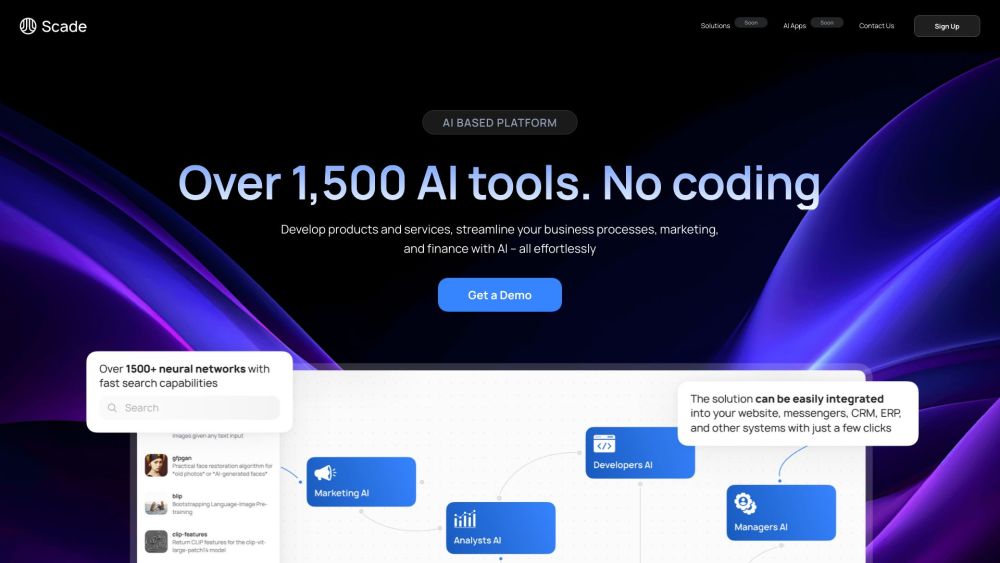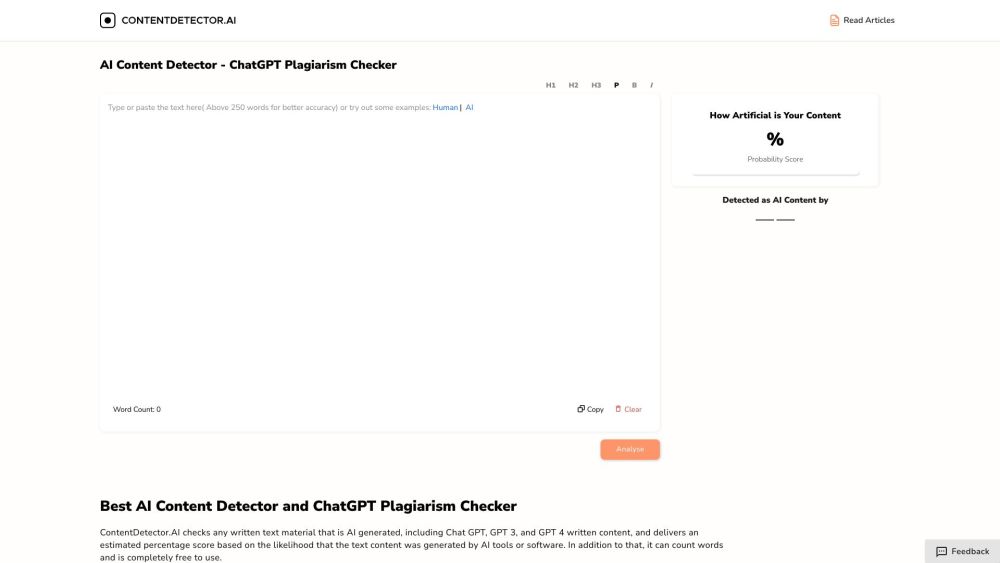Elon Musk's xAI startup is preparing to unveil the next generation of its Grok language model, dubbed Grok 2, in August. This exciting development comes as the company aims to compete with industry leader OpenAI. Musk announced the upcoming release on X (formerly Twitter), describing Grok 2 as a "giant improvement," particularly in its training data capabilities.
While specific details about Grok 2 remain sparse, Musk hinted that this model would outperform current AI systems across all metrics. Following Grok 2’s launch, Musk plans to introduce Grok 3 by the end of the year, asserting that this advanced model will either match or exceed the capabilities of GPT-5, which has not yet been released. Grok 3 is set to be a significant leap forward, requiring a staggering assembly of 100,000 Nvidia H100 GPUs. Musk characterized Grok 3 as a project that "will be really something special."
In a recent conversation on X Spaces, Musk revealed that as xAI scales up with Grok 3's ambitious size, the team is encountering data access challenges. To mitigate this issue, they are exploring the integration of synthetic data, as well as data derived from videos, into Grok 3’s training regimen.
The inaugural Grok model was launched in November 2023, right after Musk founded xAI with the intention of establishing a strong foothold in the AI landscape. Since its inception, the startup has successfully secured $6 billion in funding and currently boasts a valuation of $24 billion.
In April, xAI released Grok 1.5, which featured enhanced reasoning capabilities and the ability to process longer text inputs thanks to an extended context length. The Grok line of models is noted for its more rebellious and satirical responses, designed to operate with fewer constraints compared to OpenAI's offerings.
To facilitate the development of Grok 2, Musk’s team has relied on cloud services from Oracle along with several data centers from X, as they do not possess an exclusive training infrastructure. Oracle's founder and CTO, Larry Ellison, mentioned during a recent earnings call that xAI expressed a desire for additional GPUs, indicating that they have been in discussions to meet that demand.
To further bolster xAI's training capabilities, Musk has enlisted the support of Nvidia, Dell, and Supermicro to construct what he envisions as the “gigafactory of compute,” aiming to develop the largest supercomputer in the world. This strategic move underscores Musk's commitment to driving innovation and pushing the boundaries of artificial intelligence.





